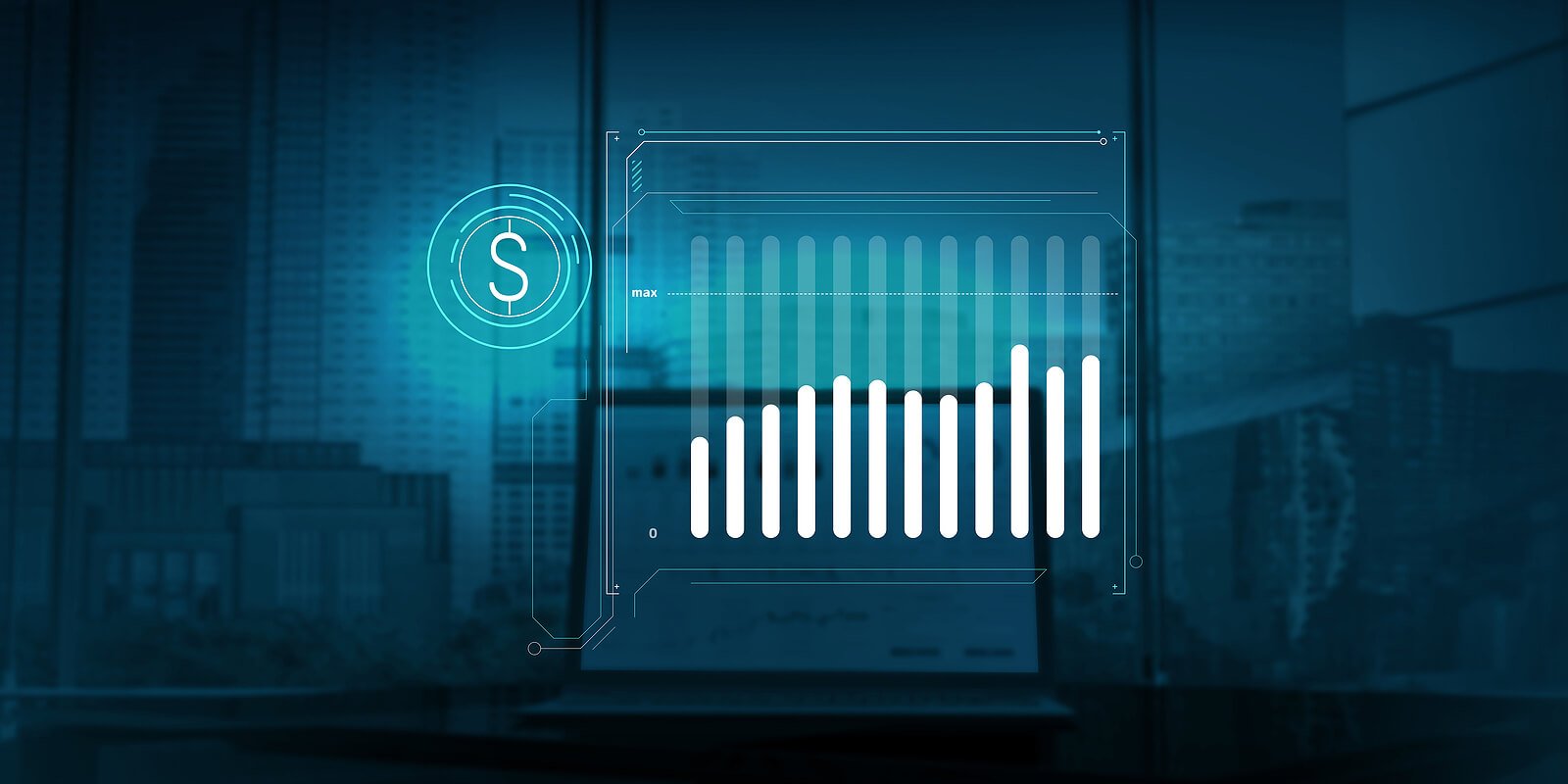Have you ever gone online to book a hotel room or an airline ticket, seen the price, phone your partner to see if they agree, make a coffee, then refresh the web page you’re on to make the purchase, only to find that the price has increased significantly?
Those unaware of dynamic pricing, assume that they were unlucky simply because more rooms or flight seats were sold in the interim period between seeing the original price, calling their partner, and making that coffee. They assume that the price has increased due to a simple supply/demand dynamic – there are now fewer seats than a couple of hours ago, so the price for those remaining has increased. The purchaser will probably curse their own hesitancy and chalk it up to experience – there’s an old saying, ‘if you snooze, you lose.’
But the price increase may not be caused by the sale of rooms or seats in those crucial two hours. Perhaps no sales were made at all during that period. There’s equally the chance you have become the victim of ‘dynamic pricing .’The price may have increased simply because, in your subsequent browser session, the website knows you’re already interested in that particular flight. The concept is divisive – it causes hotheads and online arguments and is in a gray area of legality. To fully understand how dynamic pricing works, we need to look at it from the seller’s and buyer’s perspectives.
What causes dynamic pricing?
In short, sellers increase (and sometimes decrease) prices of online commodities at the drop of a hat either because they can get away with it – in the case of increases – or because they are forced to – in the case of price decreases. But why does this happen, and how?
There are two types of things that can be sold online – goods and services. Whether or not either of those things is generally affected by dynamic pricing depends upon whether they are ‘perishable .’To be perishable, a physical product must have a finite shelf life, or the service will happen on a given date and time, whether tickets to it have been sold.
Clearly, a refrigerated oven-ready chicken on a supermarket shelf is perishable. If it is not cooked by a specific date, it will rot with a ‘fowl’ smell (sorry!) and become inedible and poisonous to consume. Likewise, if an aircraft is due to take off from a given airport on a certain day and time, it will do so whether there are no vacant seats or if the flight is only 50% full. The flight is, therefore, ‘perishable’ because it has to sell all its seats by a given date. Otherwise, the airline loses half its potential revenue.
Perishable goods and services are more likely to be dynamically priced than non-perishable items. A non-perishable product might be something like a sofa sitting in a furniture store or a tin of baked beans on a grocery store shelf. The beans might have a ‘best before’ date, but even then, their practical shelf life is measured in years, not days. It doesn’t matter if you sell the sofa now or in six months, apart from the fact that it’s taking up floor space – obviously, its sale date isn’t urgent.
Then there are products that are ‘neo-perishable .’These are things that don’t become unusable after a given date. Rather they become unfashionable, unpopular, or slightly impractical. Such goods might be wooly sweaters that need to be sold by Christmas or in the January sales because hardly anyone will buy one after the end of January, and they won’t need to wear it for long enough. Likewise, the latest iPhone version is going to be a hotter seller than the version 12 months old on the shelf next to it. When selling phones online, as soon as a manufacturer releases the ‘latest,’ the price of the older version reduces.
So dynamic pricing is nothing new, and it’s been going on ‘offline’ in brick-and-mortar stores since commerce was invented. The difference is now that the ‘perishability continuum’ is not the only factor to determine the price you pay.
One item – several different prices
The concept of dynamic pricing annoys many people because sometimes it verges on the immoral. Dynamic pricing by location works like this – if two people are looking at the price of hotel rooms for the same date in the same hotel online on the same website, the prices offered may be higher for the person accessing that website from a wealthier neighborhood. The website scans both visitors’ IP addresses – the guy based in Beverly Hills can almost certainly afford a higher price than the person in a trailer park near Detroit. The displayed pricing reflects that value-judgment-driven concept.
Furthermore, artificial intelligence (AI) is now being brought into play to consider hitherto unimaginable complexity via data analytics tools. Let’s say you post on Facebook that your brother has had a car crash and is in a hospital dying 3000 miles away; you must book the next flight to New York City from California. But the website selling the flight has registered your post in its AI. It knows that you’re seriously desperate to get on that flight. Is it morally acceptable for the price of that flight to double, just to you, simply because the airline can get away with it?
From a legal point of view, dynamic pricing is, in theory, outlawed in some cases via federal legislation, but its use never seems to be policed, and prosecutions are unheard of.
How can you avoid being overcharged due to dynamic pricing online?
It’s simpler than you might think:
· Try using ‘incognito’ mode on your browser – this won’t allow cookies to be stored, so if you see a price and go back days or even hours later, the selling website won’t know you’ve already been interested in that particular deal.
· Use a Virtual Private Network (VPN) to fool the seller’s website into thinking that you are in a poorer region or country if you are in an affluent neighborhood. It’s often found that UK citizens booking internal US flights get lower prices than US residents. You can choose a UK-based server to access the internet and see the difference.
· Have two different accounts for sites like Expedia, Booking.com, or whatever—access one from your phone and the other from a laptop. Look to see if there is a price differential for the same flight or hotel room. Often, laptop or desktop users are regarded by some websites as business customers and charged a higher price.
The truth will set you free
In summary, the consensus nowadays amongst businesses, consumers, and trade legislators seems to be that dynamic pricing can work to everyone’s mutual advantage if it is entirely transparent. If everyone knows that you take a simple gamble on flight pricing, no one will complain that they’ve been hoodwinked. It’ll be expensive if you book three months in advance, but taking a gamble and booking 24 hours before your flight might mean that the airline wants to offload the last few seats dirt cheap, or if demand is high, up goes the price.
In short, dynamic pricing is here to stay. Researching how it works and being in control can save you a tidy sum, but it’s not as easy as ABC.











Leave a Reply